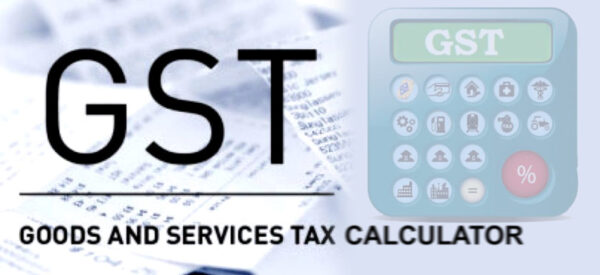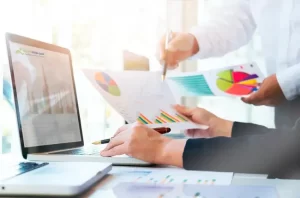Last updated on September 4, 2017
It’s almost been two months since the time GST came into action and with its inception came the most daunting question of the year: How to calculate GST? People masked as experts are providing all sorts of information, which due to its incomplete nature is misleading. If you’re also wondering the ways in which GST payment for various transactions could be calculated, then this article will provide you with a step-by-step guide which will assist you in developing a better understanding of the subject.
Step 1: Find out the GST rate being levied on your good or service
In order to calculate GST, it is of utmost importance to find out the rate which is applicable on the product being traded by you. This can be easily found on the government’s website. If you’re dealing in goods, then there would be an HSN code which is an international system for categorising all kinds of goods in international transactions. However, if service is the focal point of the transaction, then the SAC code must be checked. Once you’ve identified the desired HSN/SAC code, then identify the rate applicable on the same by means of the table being provided by the government.
Step 2: Identify the application of IGST/CGST and SGST
Once you’ve successfully determined the rate which is applicable on your product, then you must work towards finding the applicability of IGST or CGST and SGST. In order to determine this, it is of utmost importance that you identify the location of supply. If the transaction of goods or services is taking place between two states, which means from one state to another, then in this particular case, IGST will be applicable. However, the case wherein the goods and services are being traded within a state’s geographical boundaries, then CGST and SGST would be levied.
Step 3: Identify whether or not GST is chargeable on reverse charge basis
In order to calculate GST in India, it is of utmost importance to determine if the tax is actionable on reverse charge basis. In the general scenario, the supplier of goods or services is responsible to collect tax from the recipient and remit it to the government. Nonetheless, certain services which are notified under reverse charge services, make the recipient liable to pay GST. This makes it extremely important to know in advance if the transaction involves reverse charge or not.
Step 4: Determine if the supplier is enrolled under the composition scheme
Businesses which have a turnover of less than INR 75 lakhs can enrol themselves under the composition scheme of GST and this would enable them to pay a flat rate depending on their total turnover. Such suppliers need to clearly mention this on their invoices as they aren’t eligible to collect the tax. Thus, it is vital to ensure if at all the supplier is enrolled under the GST composition scheme or not.
Step 5: Identify the category/type of transaction
In order to calculate GST, it is important to understand the type of transaction. Majorly, it can be divided into three categories.
- Business to Business:
In this particular transaction, both the recipient and supplier of the product must have a GSTIN. This is provided in the case wherein a business gets GST registration. - Business to Consumer (supply value less than INR 2.5 lakhs):
In B2C transactions, recipient of the product isn’t eligible for receiving input tax credit. In addition to this, no details of his/her GST registration are required. - Business to Consumer (supply value more than INR 2.5 lakhs):
The B2C transactions which are valued at more than INR 2.5 lakhs, the details of the recipients such as name and address need to be furnished in order to identify the place of supply.














Be First to Comment